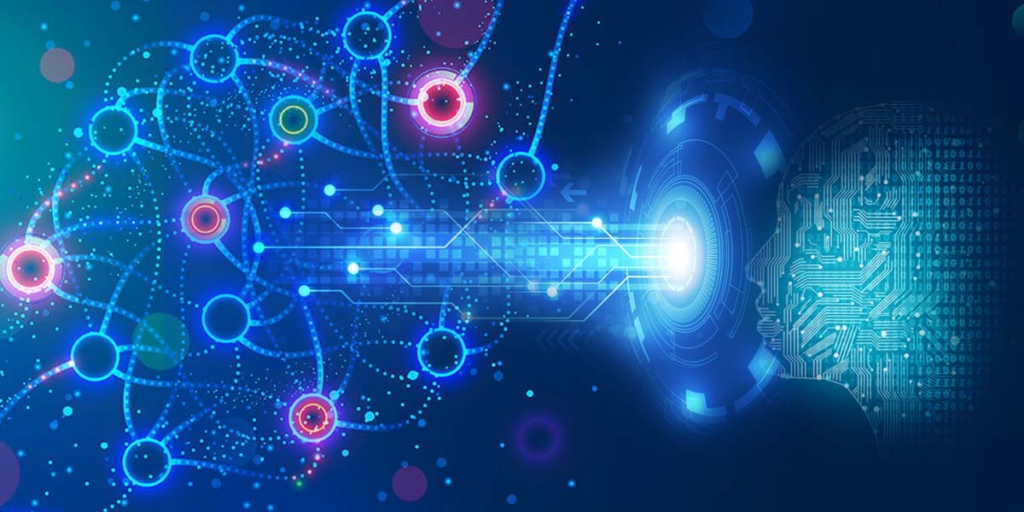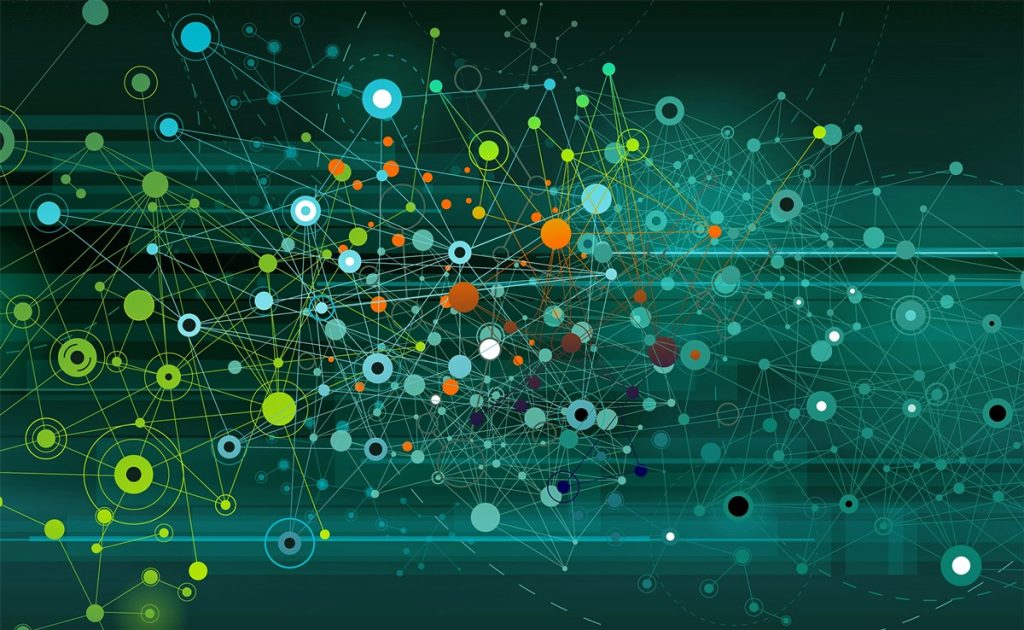The Role of Neural Networks in Artificial Intelligence Architecture
Artificial Intelligence (AI) has become an integral part of various industries, revolutionizing processes and systems with its ability to mimic human intelligence. One of the fundamental components of AI is neural networks, which have gained importance due to their remarkable ability to learn complex patterns and make decisions. In this article, we look into the role of neural networks in artificial intelligence architecture, exploring their significance, applications, and impact on various domains.
Table of Contents
Understanding Artificial Intelligence Architecture
Before looking into the role of neural networks, it’s essential to take hold of the concept of artificial intelligence architecture. Artificial intelligence architecture refers to the structure or framework that includes various algorithms, models, and components used to build intelligent systems capable of performing tasks that typically require human intelligence.
Artificial intelligence architecture typically consists of:
- Data Acquisition and Preprocessing: This stage involves collecting data from various sources and preprocessing it to make it suitable for analysis.
- Feature Extraction and Engineering: Features are extracted from the initial data, and engineering techniques are applied to select relevant features for model training.
- Model Selection and Training: In this stage, different AI models, including neural networks, are selected and trained using the prepared data.
- Evaluation and Optimization: The trained models are evaluated based on predefined metrics, and optimization techniques are applied to enhance their performance.
- Deployment and Monitoring: Once the models are optimized, they are deployed into production environments, where they perform tasks autonomously. Continuous monitoring is essential to ensure optimal performance.
Neural networks play an important role in various stages of artificial intelligence architecture, due to their ability to learn from data and adapt to changing environments.

The Basics of Neural Networks
Neural networks, inspired by the structure and functionality of the human brain, are a class of algorithms designed to recognize patterns and make predictions based on input data. At its core, a neural network comprises interconnected nodes, or neurons, organized into layers. These layers include:
- Input Layer: This layer receives input data and passes it to the following layers for processing.
- Hidden Layers: These layers, situated between the input and output layers, perform operations on the input data through weighted connections and activation functions.
- Output Layer: The final layer of the neural network produces the desired output based on the operations performed in the hidden layers.
The strength of neural networks lies in their ability to learn from data through a process called training. During training, the network adjusts its internal parameters, known as weights and biases, to minimize the difference between predicted and actual outputs. This optimization process is typically achieved using algorithms such as variation reduction and backward transmission.
Role of Neural Networks in Artificial Intelligence Architecture
Neural networks serve as the backbone of artificial intelligence architecture, contributing to its development and advancement in various ways:

1. Pattern Recognition and Classification
Neural networks excel at pattern recognition tasks, making them invaluable for applications such as image classification, speech recognition, and natural language processing. By analyzing large volumes of data, neural networks can identify intricate patterns and classify inputs into predefined categories with high accuracy.
For example, in image classification, convolutional neural networks (CNNs) analyze pixel data to recognize objects, faces, or scenes within images. Similarly, recurrent neural networks (RNNs) are adept at processing sequential data, making them suitable for tasks like speech recognition and language translation.
2. Predictive Analytics and Forecasting
Neural networks are widely used for predictive analytics and forecasting in various domains, including finance, healthcare, and marketing. By analyzing historical data and identifying underlying trends, neural networks can make accurate predictions about future outcomes.
In finance, for example, neural networks are employed to predict stock prices, detect fraudulent transactions, and optimize investment collections. Similarly, in healthcare, neural networks aid in diagnosing diseases, predicting patient outcomes, and personalizing treatment plans based on individual health data.
3. Natural Language Understanding and Generation
Natural language processing (NLP) is another area where neural networks play a crucial role. These networks enable machines to understand, interpret, and generate human language, facilitating communication between humans and computers.
Transformers, a type of neural network in artificial intelligence architecture, have emerged as state-of-the-art models for tasks such as language translation, text summarization, and sentiment analysis. By capturing contextual information from large corpora of text data, transformers produce more logical and contextually relevant outputs compared to traditional NLP models.
4. Autonomous Systems and Robotics
Neural networks are integral to the development of autonomous systems and robotics, enabling machines to observe their environment, make decisions, and interact with the world autonomously.
In autonomous vehicles, For example, neural networks process sensor data from cameras, lidar, and radar to detect objects, predict paths and make real-time driving decisions. Similarly, in industrial robotics, neural networks are used for tasks such as object manipulation, path planning, and quality control in manufacturing processes.
5. Personalization and Recommendation Systems
Neural networks power recommendation systems that provide personalized content, products, and services to users based on their preferences, behavior, and past interactions.
In e-commerce platforms, for example, neural networks analyze user browsing history, purchase patterns, and demographic information to recommend products that are likely to attract individual users. Similarly, in streaming services, recommendation algorithms use neural networks to suggest movies, TV shows, or music based on the user’s viewing habits and preferences.

Applications of Neural Networks in Various Domains
The flexibility of neural networks enables their application across a wide range of domains, each with its unique challenges and opportunities:
1. Healthcare
In healthcare, neural networks are used for medical imaging analysis, disease diagnosis, drug discovery, and personalized treatment planning. Convolutional neural networks (CNNs) analyze medical images such as X-rays, MRIs, and CT scans to detect abnormalities and assist radiologists in diagnosis. Additionally, recurrent neural networks (RNNs) analyze patient data to predict disease progression, recommend treatment options, and optimize healthcare delivery.
2. Finance
In finance, neural networks help with fraud detection, risk assessment, algorithmic trading, and customer segmentation. Neural networks analyze transaction data to identify suspicious patterns indicative of fraudulent activity, helping financial institutions reduce risks and protect against cyber threats. Moreover, neural networks forecast market trends, optimize trading strategies, and automate decision-making processes in algorithmic trading systems.
3. Manufacturing
In manufacturing, neural networks optimize production processes, detect defects, and improve product quality. Neural networks analyze sensor data from manufacturing equipment to predict equipment failures, schedule preventive maintenance, and minimize downtime. Moreover, neural networks inspect products for defects, classify faulty items, and optimize production parameters to ensure consistent quality standards.
4. Education
In education, neural networks personalize learning experiences, assess student performance, and recommend educational resources. Neural networks analyze student data such as learning preferences, engagement levels, and assessment results to tailor instruction to individual needs. Moreover, neural networks evaluate student responses, provide real-time feedback, and adapt instructional content to optimize learning outcomes.
5. Environmental Science
In environmental science, neural networks model complex environmental processes, analyze satellite imagery and predict natural disasters. Neural networks simulate climate dynamics, forecast weather patterns, and assess the impact of human activities on ecosystems. Moreover, neural networks monitor environmental variables, detect defects, and support decision-making for resource management and conservation efforts.

Challenges and Future Directions
While neural networks have made significant steps in advancing artificial intelligence architecture, several challenges remain to be addressed:
- Data Quality and Quantity: Neural networks require large volumes of high-quality data for training, which may be limited or noisy in certain domains.
- Interpretability and Explainability: The inner workings of neural networks are often clear, making it challenging to understand and understand their reasoning.
- Bias and Fairness: Neural networks may continue biases present in the training data, leading to unfair or unfair outcomes, particularly in sensitive domains such as healthcare and criminal justice.
- Robustness and Security: Neural networks are Possible suspicious attacks, where malicious inputs cause them to produce incorrect outputs, posing security risks in applications such as autonomous vehicles and cybersecurity.
To address these challenges, ongoing research efforts are focused on developing more strong, understood, and fair AI systems. Techniques such as adversarial training, data augmentation, and model explainability are being actively implemented to enhance the reliability and transparency of neural networks.
Looking ahead, the future of artificial intelligence architecture is composed to witness continued innovation and evolution, encouraged by advancements in neural network research, multiple fields of collaboration, and the change of AI technologies. As neural networks push the boundaries of what’s possible in AI, their role in shaping the future of intelligent systems will only become more clear.
Conclusion
Neural networks represent a foundation of artificial intelligence architecture, empowering machines to learn, reason, and adapt in ways that were once thought impossible. From pattern recognition and predictive analytics to natural language understanding and autonomous systems, neural networks have entered virtually every aspect of modern life, revolutionizing industries and transforming the way we live, work, and interact with technology.
As we navigate the complexities of an increasingly interconnected world, the role of neural networks in artificial intelligence architecture will only grow in importance, operating innovation, supplying discovery, and shaping the future of intelligent systems for generations to come.

